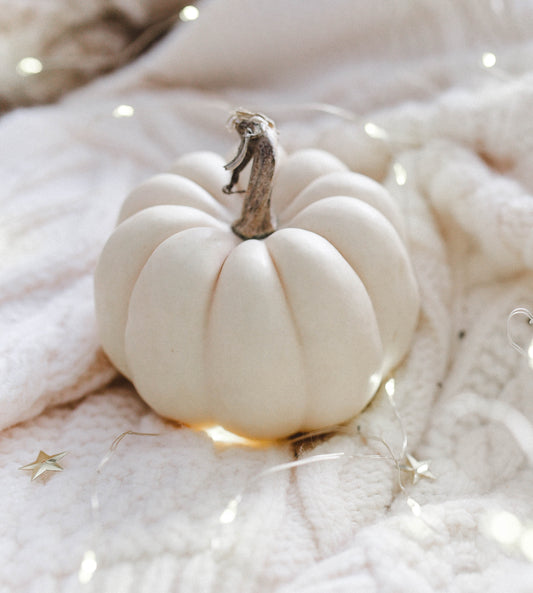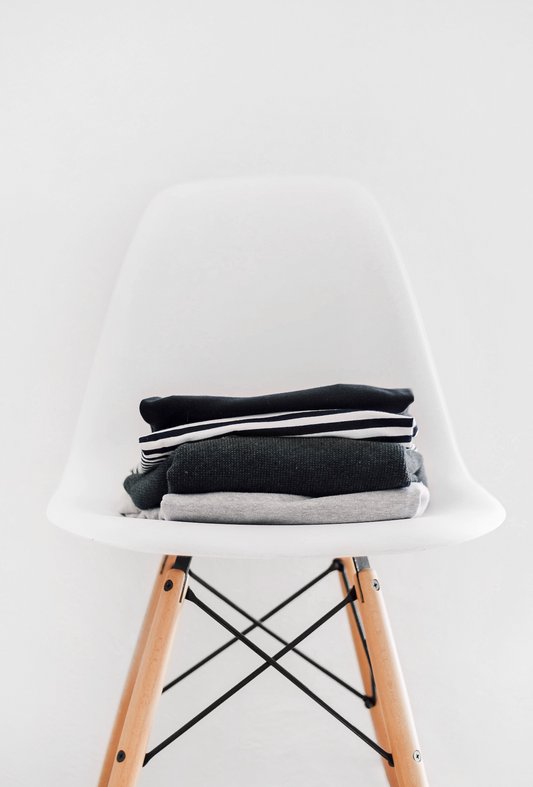It’s Spring! I’ve always dreamed of having a garden! I have time! I have no idea where to begin! If any of these thoughts are running through your head, fear not. Starting an organic garden is fun and manageable. Here are the fundamentals:
Keep it small
Many of us have fond memories of parents or grandparents’ sprawling vegetable gardens. That’s great! You’ll get there. All you really need is some soil and a few plants, but, there can be an occasional rock in the soil, if you’ll pardon the metaphor.
Raised beds
With that in mind, raised beds are highly recommended. The beauty of raised beds is that they allow you to keep a garden above hard or otherwise undesirable soil. You can even put them on a concrete patio as long they have light and moisture. Raised beds come in various dimensions and materials. Generally, 6” is the shallowest you want to go, in order to get sufficient soil depth.
Speaking of soil
Fertile soil is key. Once you’ve got your location scouted and beds filled with fresh soil, it’s time to prep that dirt with compost! If you’re new to composting, check out Composting 101 <link to Composting 101 page> Compost not only supplies plants with a wealth of nutrients, it helps conserve water, cuts down on weeds, and keeps food and yard waste out of landfills. And you know why we’re psyched about that.
Forget the rows
Say what?! That’s right, those tidy rows are so yesterday. All that tramping between rows, like Grandma used to do, packs down the soil and depletes moisture, which eventually impacts the plants.
Try the “square foot gardening” approach, which means visually dividing your beds into square foot sections. One section may be tomatoes, and the next one nestled with lettuce. Just don’t squeeze too many plants together. Overcrowded plants compete for resources and block the soil from absorbing light and moisture. Stick to the square foot rule and you’ll have happy plants.
What to grow
Grow what you like to eat! There are going to be trade offs, sure. Your plant selection will depend on the size of your beds, the time of year, your geographic region, and the individual growing habits of the plants (bushy, climbing, trailing). Start with a list of your favorite vegetables and then consult an expert - usually at the store where you purchase your plants. The United States Department of Agriculture (USDA) also provides this excellent resource called the Plant Hardiness Zone Map. It covers the entire United States.
Equipment
No need to get fancy, but there are a few basics you will need.
- Compost bin & Commit to GreenTM compostable trash liners, naturally
- Lightweight watering can
- Gardening gloves
- Trowel set
- Clippers
For beginners, a soil temperature gauge also provides piece-of-mind, helping you pinpoint the time to plant.
Care
Gardens do require commitment, no doubt, which is why starting small is ideal. However, they should not be a source of stress (quite the opposite) or a full-time job. Below are a few maintenance basics. Over time you’ll get a sense of your garden’s rhythm - what is needed when. Keeping a garden diary is also a great idea to help you along. Record successes and failures, along with tracking things like soil temperature, watering requirements, and schedule.
- Weeding - Square foot gardening, along with other non-row methods, requires less weeding. It’s Spring, so plan for about once a week. By mid-summer, weeds will be virtually non-existent.
- Watering - This can get complicated, depending on factors like plant type, climate, rainfall patterns, and soil type. Ideally, consult your local gardening retailer about each type of plant you purchase, but in general, watering in the morning is your best bet. For baby plants, make sure the water is about room temperature. Once you’re on your way, the gardening diary really comes in handy with watering.
- Pests - They’re pesky, what can we say, but don’t despair! Did you know you can DIY an all-purpose bug spray? Add 2 teaspoons of liquid dish soap to a spray bottle of warm water.
The last word. Don’t stress. Gardening can be relaxing, therapeutic, and wonder-inducing, even for adults. Take it slow, experiment, ask your local experts, your neighbor with the green thumb, and absolutely ask Grandma.







